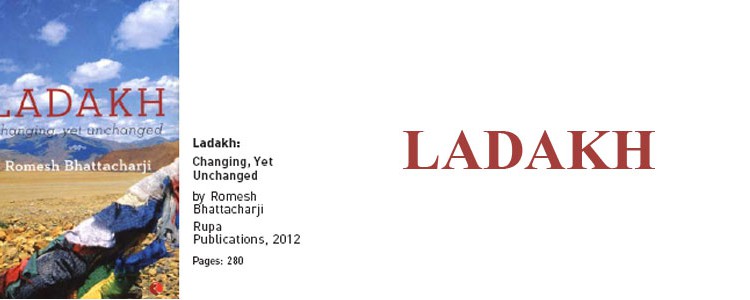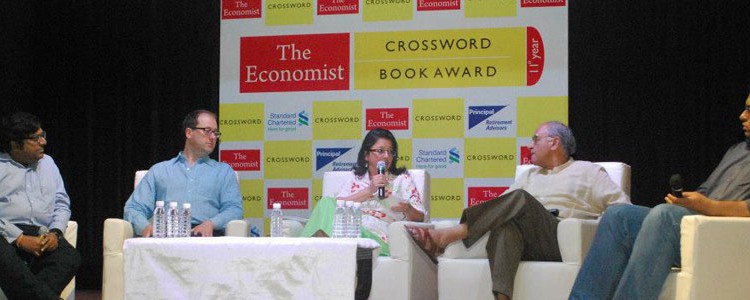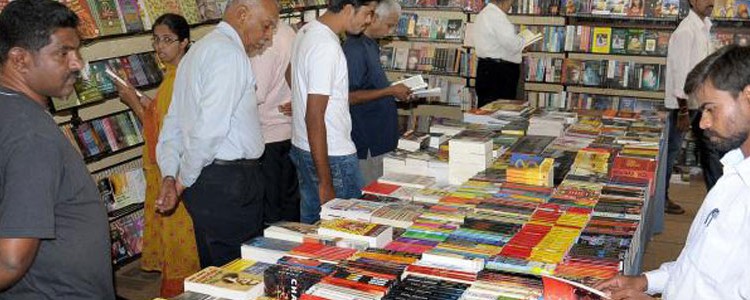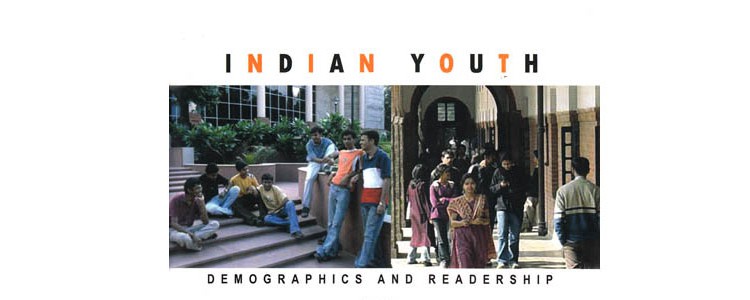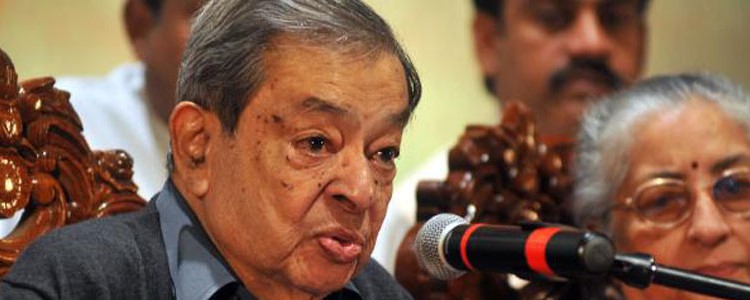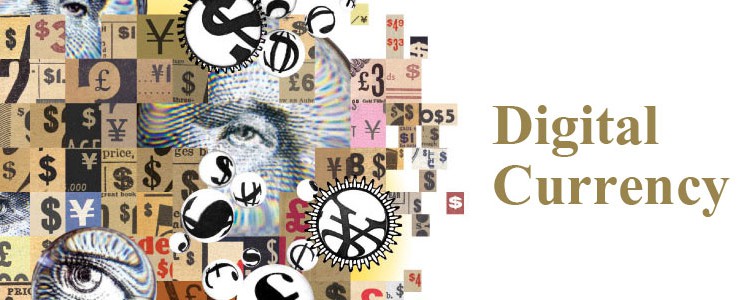A few days ago some publishers (OUP, CUP and Taylor and Francis) filed a case in the Delhi High Court against a photocopying unit on the Delhi University campus. It has generated a fierce debate, particularly on how to define “fair use”. Over the next few days I will be posting some links/articles explaining this debate.
To start with, I am reproducing Sudhanva Deshpande’s original article on the debate. It is a perspective and an entry point. A version of this was published in the Hindu ( http://www.thehindu.com/opinion/op-ed/article3911970.ece ) on 19 Sept 2012.
Whose Copy, Whose Right?
Sudhanva Deshpande
Aakar Patel, in his diatribe against the students and faculty members of Delhi University on the photocopy issue (‘Pages Apart’, Sept. 11 http://www.thehindu.com/opinion/op-ed/article3882460.ece), makes a number of erroneous assumptions. I address here some of the most important.
1. That students indulge in ‘copyright theft’ by photocopying course material. Not true. Laws are not absolute, and there exist exceptions and limitations to virtually every law. The Indian Copyright Act has two explicit provisions that allow for educational exceptions. Copyright lawyer Lawrence Liang shows that ‘Sec. 52(1)(i) allows for “the reproduction of any work by a teacher or a pupil in the course of instruction” or as a part of questions or answers to questions. Further, Sec. 52(1)(a) allows for a fair dealing with any work (except computer programs) for the purposes of private or personal use, including research.’ Legally, students and teachers are on firm ground. In fact, by claiming huge damages, it is the publishers who are trying to subvert the educational exceptions that are available in law. This is typical of corporations – use shock and awe tactics to illegalize in public perception a perfectly legal practice. All for private profit.
2. That the photocopies being done are always and only from books. Amazingly, Patel does not mention journals even once. Journals, especially in the sciences and law, are often prohibitively expensive. Libraries are being forced to cut down on journal subscriptions. Libraries typically get single copies of journals that they do subscribe to. How is a class of even 50 expected to read from a single copy in the library? And what about books that are simply not available in the market, at whatever price?
3. That it is always entire books that are photocopied. Not true. In most cases, it is only a small part of a particular book that the student is asked to read. Take the M.A. Sociology syllabus from the Delhi School of Economics, where the shop under litigation is located. Students are recommended 544 readings. Of these, not counting journal articles, we have been able to ascertain the prices of 296 books. Patel cites the Indian prices of 13 books, which cost, cumulatively, Rs 9,042 (ave. Rs 695 per book). At that average, 296 books should cost Rs 205,720.
But what do the books cost in fact? Taking the lowest prices (even when the book is not available at that price), the total comes to Rs 577,902. Even after taking out all books that cost over Rs 2,500, the student will have to spend Rs 277,956. Not exactly small change.
Note, too, that the prices of science and law books are significantly higher.
Also, publishers bring out new books in hardcover format, which are significantly more expensive than paperbacks. No publisher expects individual students to buy these, but targets institutions and libraries. Only after a book recovers all its investment is it brought out in a cheaper format, which, for academic books, can take a few years. If the hardcover does not earn enough revenue, a paperback is not issued at all. I know. I am a publisher.
Some of the discussion of this issue (on the blogosphere etc.) has centred around whether there should be a legally permissible limit to how much of a book a student might photocopy. The Indian Copyright Act is clear on this. There is no upper limit prescribed. In other words, legally, in certain circumstances, a student can photocopy an entire book, if it is ‘in the course of instruction’.
The publishers claim that they would withdraw the case if the university agrees to let collecting societies keep track of what is photocopied and pay accordingly, on a per-page basis, which revenue would then be distributed to publishers and authors. This is a model in force in several western countries which have more maximalist copyright regimes than ours. In India, however, as we have seen, the law allows for the educational exception, so what the publishers are demanding is already subverting the law. In addition, there is the question of economic and social realities. An additional payment for reading material (for which the student is already paying photocopy charges) would, contrary to the publishers’ claim, pinch students from economically disadvantaged sections.
The publishers’ claim, if implemented, would result in reducing the ‘gene pool’ from which academics, researchers and the intelligentsia are drawn. So it is not the students who are killing the goose that lays the golden egg, as Mr Patel claims. On the contrary, it is the publishers who are doing so.
4. That the publishers are responsible for ‘commissioning and publishing’ studies. Well, yes. But only after universities pay academics salaries and provide facilities to carry out research in the first place. And at least a part of the university budget comes from students’ fees (not to mention taxpayers’ money). OUP and CUP, ironically, should know this better than anyone else. They would be nothing without the universities whose names they derive so much prestige from.
5. That students are selfish, violent, immature. Well, maybe some are. But then so are many corporations. And their Directors. And lawyers. And CEOs. And Heads of States.
6. That open access publishing is not a realistic option. Not true. In the sciences, there already exist a large number of open access, peer-reviewed journals of the highest standards. And books? Readers might want to download a free pdf of a LeftWord title here: http://ddkosambi.blogspot.in/2011/12/many-careers-of-dd-kosambi-pdf-version.html. We have also published many of our titles under a Creative Commons license.
Alternatives to copyright and the rule of monopolies exist. Assuming, of course, that we see knowledge as a right of all humankind, not merely as a means for profit-making.
(Sudhanva Deshpande is Managing Editor, LeftWord Books, and an actor and director with Jana Natya Manch, Delhi. He can be reached at [email protected].)

